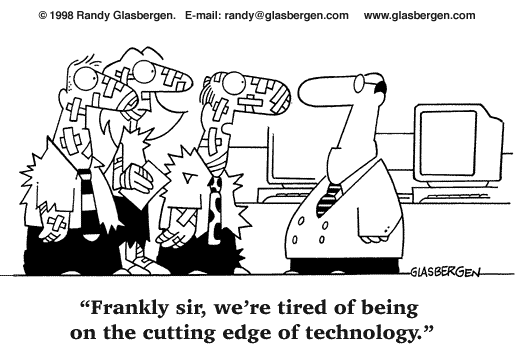FACTORS IN THE PROCESS OF EQUIPMENT EVALUATION AND SELECTION
• Equipment Operational Capacity.
It is essential to assess the manufacturing capacity of a specific piece of equipment to ensure that it will satisfy not only current production requirements but also the long-term production considerations.
• Equipment Operational Versatility.
It is important to analyze the operational functions of a specific piece of equipment and to identify all manufacturing processing requirements that can be satisfied by the functional abilities of the new machinery.
• Equipment Operational Reliability.
It is necessary to assess the operational reliability of a specific piece of equipment or machinery, keeping in mind, that unreliable machinery may cause unnecessary and costly breakdowns. This will disrupt production planning and may jeopardize delivery dates promised to customers.
• Work Preparation Methods.
It is important to select a piece of equipment that will allow easy work preparation methods. Equipment setting up, breaking down, servicing, and cleaning times are non-productive, and should be kept to a minimum in order to increase its productive running period.
• Equipment Maintenance.
Steady service and maintenance of equipment ensures its continuous and efficient performance. New pieces of equipment should be easy to service in order to keep maintenance costs as low as possible.
• Equipment Operational Safety.
A high level of equipment operational safety is necessary to maintain an accident-free production process. Unsafe equipment may cause accidents, decrease production output, lower morale, and cause deterioration in overall labor-management relations.
• Equipment Operational Compatibility.
The operational compatibility of the new piece of equipment must be matched with the specific standard of the existing equipment within the facility. Simplification makes it easier to serve and maintain equipment in good operational order and to keep minimum spare parts. From the operational point of view it will be easier to train operators, plan production, and set the machines for production runs.
• Equipment Availability.
It is necessary to inquire about the delivery dates when the new equipment may become available. These dates should be considered and matched with the production requirements of the facility. The identity of the new equipment suppliers and their ability to deliver the equipment in the required time should also be thoroughly examined.
• Equipment Installation.
The new piece of equipment must be examined from the installation point of view. It is necessary to ensure that the equipment can physically fit into the perceived space and that its dimensions or weight do not exceed relevant permissible criteria.
• Equipment Design.
It must be ensured that the new equipment is designed in accordance with the necessary functional requirements and does not represent half-completed experimental models. The equipment supplier is, therefore, required to produce all the necessary guarantees and sufficient technological back-up to ensure high performance and quality functioning of the new machinery.
• Ancillary Equipment.
The full range of the new ancillary equipment must be identified. This range should be examined and its availability assessed in order to ensure effective utilization of equipment.
• Effect On The Organization.
Selection, purchase, and installation of new equipment often necessitate specific reorganization within the facility. New equipment may require provision of additional air, electrical, or water installations, or it may necessitate moving certain existing machinery into new positions to provide additional floor space. Computerized numerically controlled (CNC) machines and numerically controlled (NC) machines may require additional computer terminal installations.
• Effect On The Production Employees.
New equipment with additional production capacity will certainly affect product design, production planning, and maintenance procedures. It will necessitate that the company's employees upgrade their qualifications and re-adjust their activities in accordance with the technological requirements dictated by the new equipment. |



